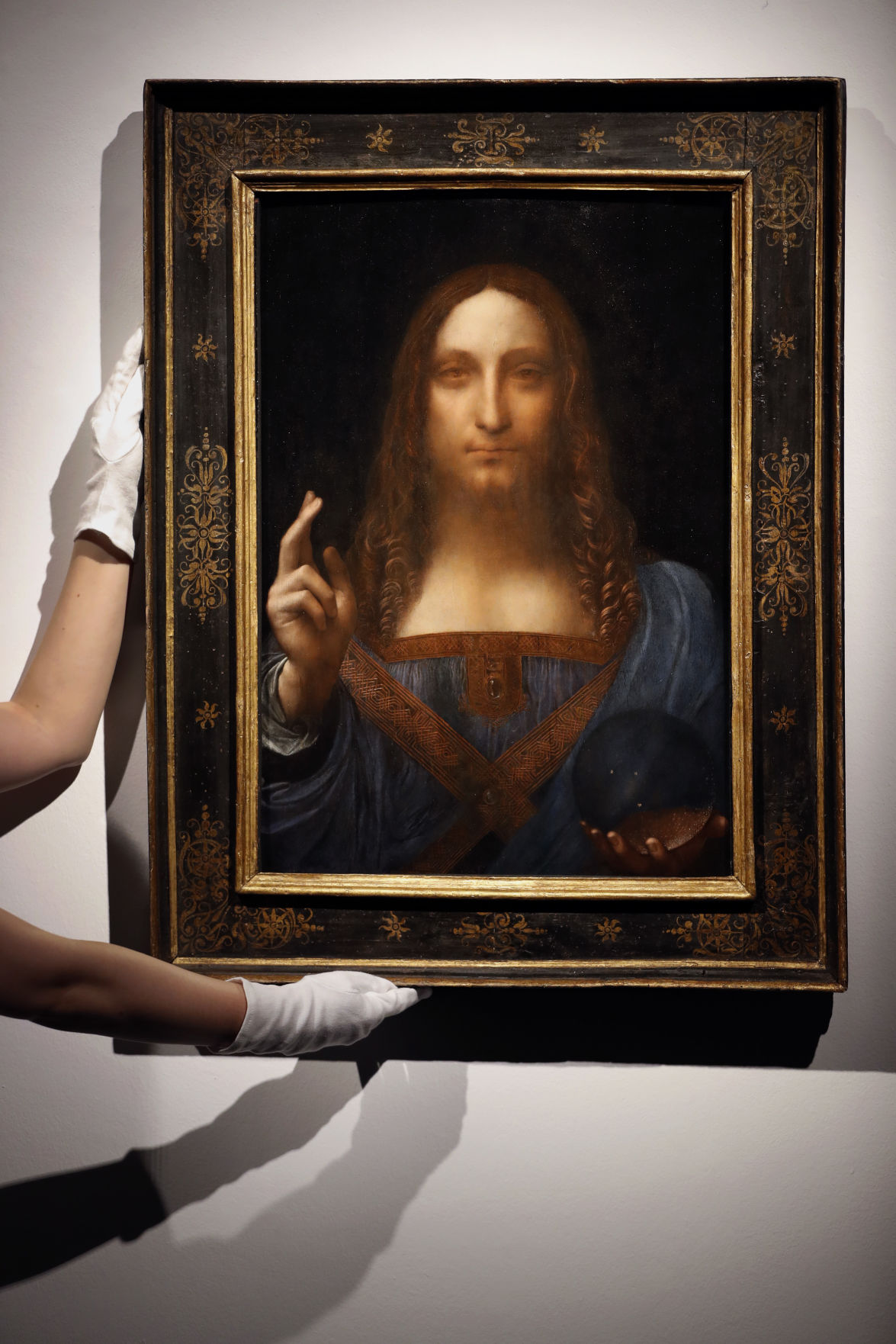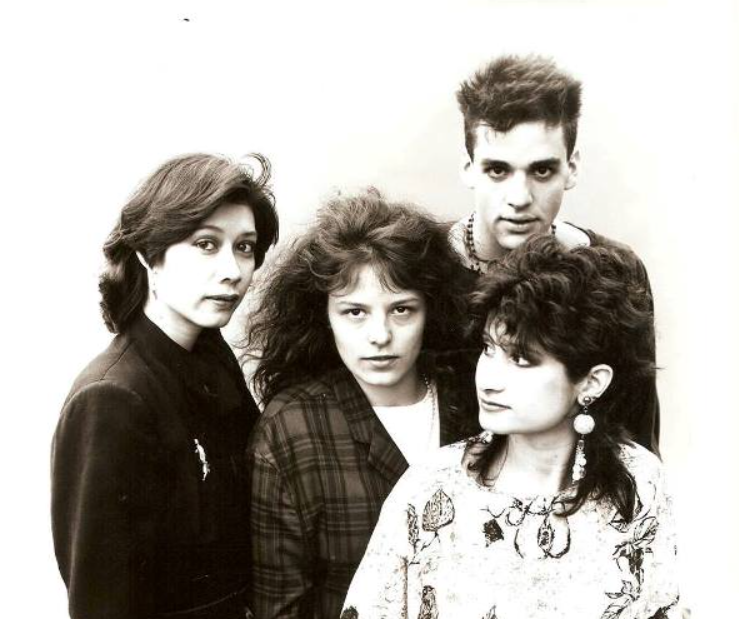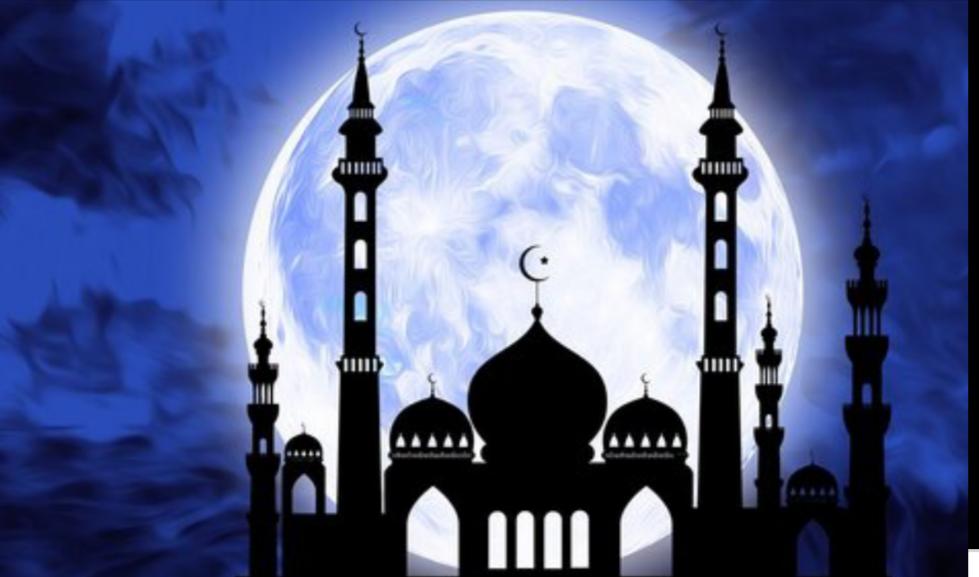On November 15, 2017, Leonardo Da Vinci’s “Salvator Mundi” was sold in an auction for $450,312,500. It is now considered the most expensive painting ever. The painting’s first estimated value was $100 million, but it was sold for over four times its value. It broke the record of Picasso’s “Les Femmes d’Alger,” which sold for $179.4 million, and the private auction of Willem Koonings “Interchange,” which sold for $253 million in 2015.
This year’s auction was at Christie’s in New York. The bid started at 70 million and escalated 53 echelons to a value of $400 million, without taxes. It took 19 minutes for the painting to be sold to an anonymous buyer. The painting was previously owned by Dmitri Rybolovlev. It was sold to him by a private Swiss arts dealer, Yves Bouvier, for more than $108 million. It is the only painting out of the 20 Leonardo Da Vinci’s which is privately owned.
The painting presents the Christ as Salvator Mundi (Saviour of the World) in a Renaissance robe, with his right hand held up as if he were about to give a benediction, and his fingers crossed, while holding a crystal sphere in his left hand. Da Vinci used oil paints on walnut, on a toile of 65×45 centimetres.
History:
The painting is estimated to have been made in the 1500s, possibly painted for Louis XII of France and his consort, Anne of Brittany. It was probably commissioned after the conquests of Milan and Genoa around 1500. It was then owned by Charles I of England. It was recorded as part of his art collection in 1649 before being auctioned by the son of the Duke of Buckingham and Normandy in 1763. The painting was then lost for about a century, before reappearing in 1900. It was purchased by a British collector, Francis Cook, 1st Viscount of Monserrate. Sadly, the painting had been seriously damaged during its disappearance by restoration attempts, and was horribly overpainted. Its authorship was therefore unclear. Cook’s descendants sold the painting for shocking £45 in 1958. In 2005, it was acquired for less than $10,000 by Robert Simon, a specialist in Old Masters. Having been heavily overpainted, Leonardo’s art piece looked like a copy and was described by many as a dark and gloomy wreck.
Restoration:
The association of art dealers looked beyond the low-quality mess and believed it might be the long-lost Da Vinci original. Salvator Mundi was in restoration and authenticated as a Da Vinci for a few years after that. Once it was cleaned and restored, it was compared to the other twenty versions of Salvator Mundi, and was exhibited by London’s National Gallery in 2011. A number of typical Da Vinci characteristics (such as the detailed hands) were discovered in the painting, helping it to be recognized as an original. A few examples would be: the position of the right thumb, the sfumato effect of the face (manipulating paint using the heel of the hand), the ringlets of hair and the knotwork across the stole, the walnut panel upon which the work was executed, and finally the details of the hand.
Da Vinci:
Leonardo Da Vinci was not only a painter; he was a scientist, engineer, inventor, anatomist, sculptor, architect, botanist, poet, philosopher, and writer. He was born the 15th of April 1452 in Vinci, Toscana, and died in Amboise the 2nd of May, 1519. He is recognized as the symbol of the Renaissance, a universal genius, a humanist philosopher, an observer and experimenter, with a rare gift for the intuition of space. His never-ending curiosity was only equal to his force of invention. He is considered one of the most talented people in the biggest number of different domains, who has lived. His curiosity led to great inventions ahead of his time, such as the plane, the submarine, and the helicopter. He created a few world known paintings: La Joconde, La Cène, and The Vitruvian Man. He created machines for the military, helped in civil engineering, and made all sorts of scientific discoveries. Moreover, his study of the human anatomy helped him become a great artist as well as a scientist. He used to illegally dig up bodies in the cemetery to analyse their structure. This is why the details in his paintings, such as the hands, distinguish Da Vinci’s paintings (for example the hands in Salvator Mundi), and also helped him to create the Vitruvian Man. Da Vinci used to take notes and sketches in diaries in specular (mirror) writing. His notebooks are made up of about 13,000 pages of writing and sketching. I could write pages and pages about his life, about all of the amazing things he did, but sadly I can’t. Simply put, he was a revolutionary and it’s no wonder that his paintings are so highly valued today.





